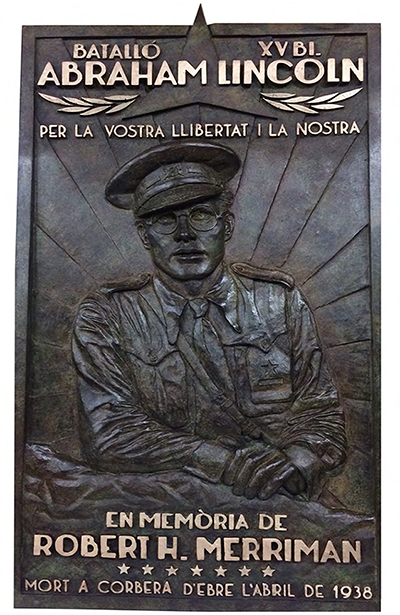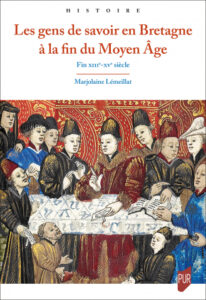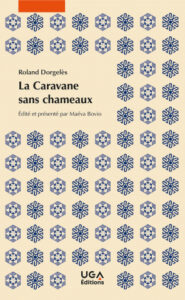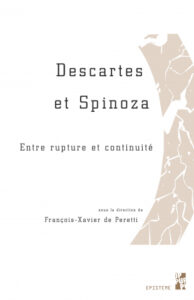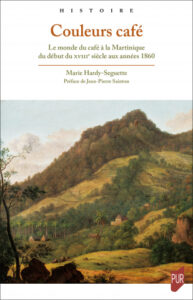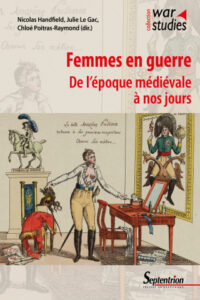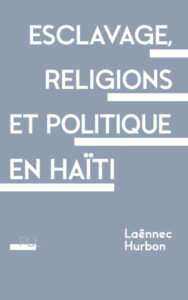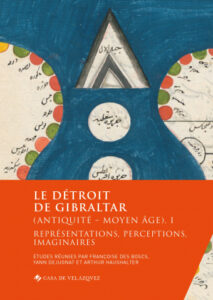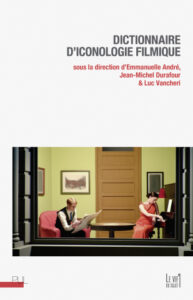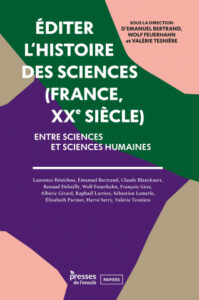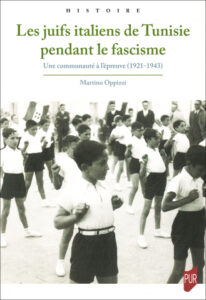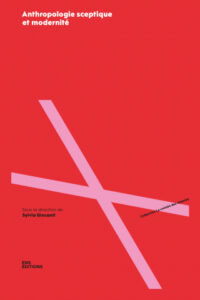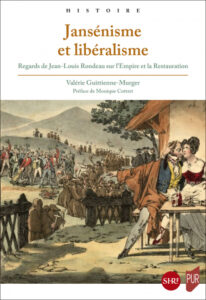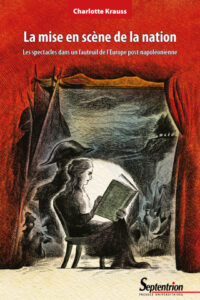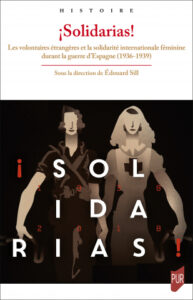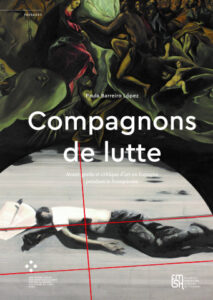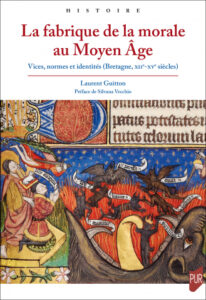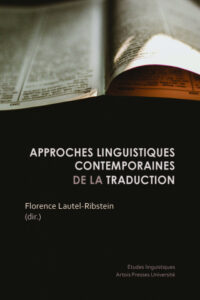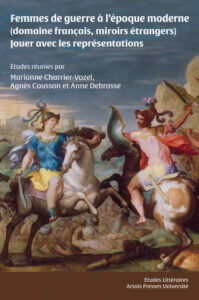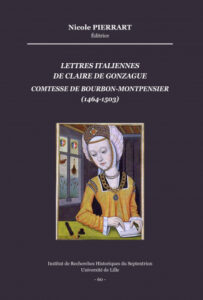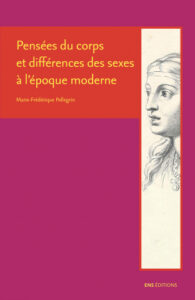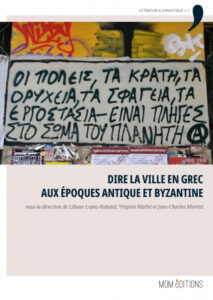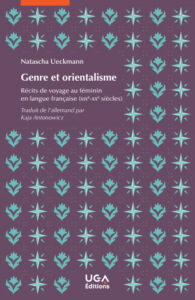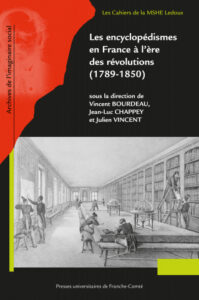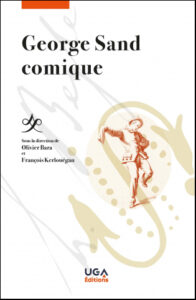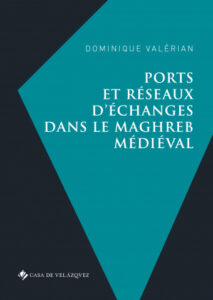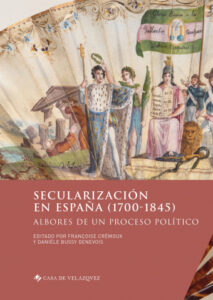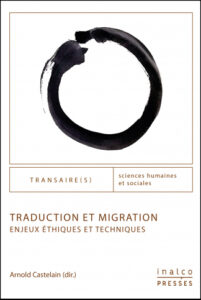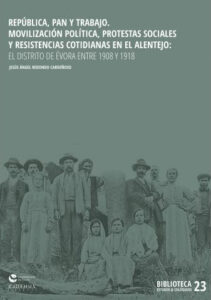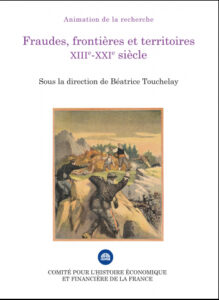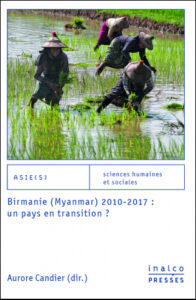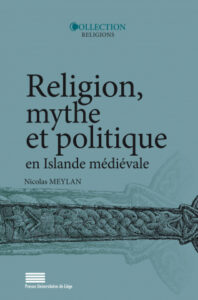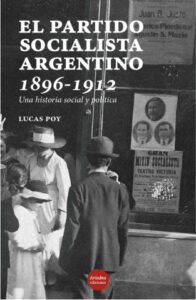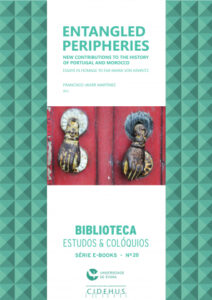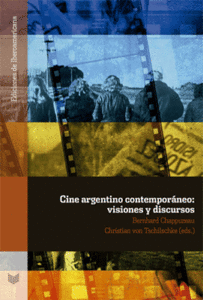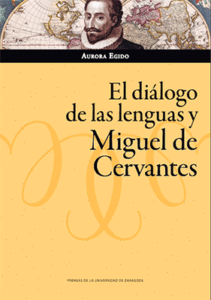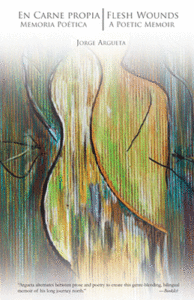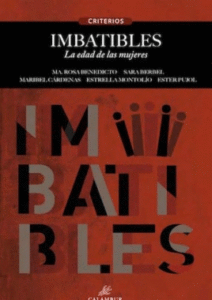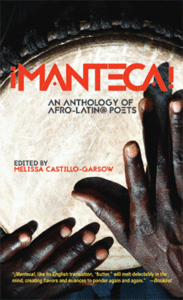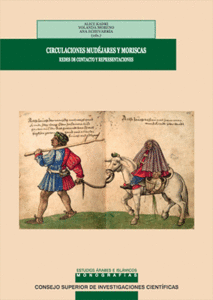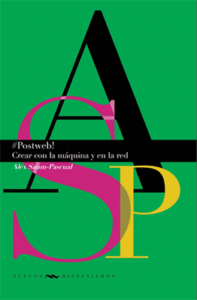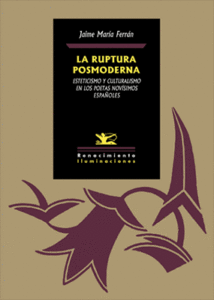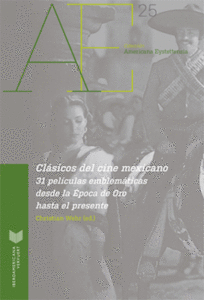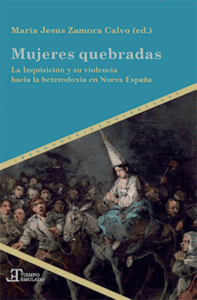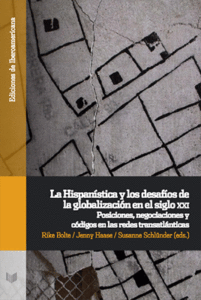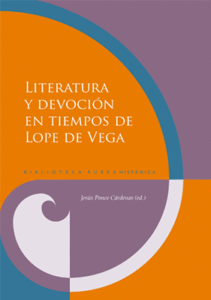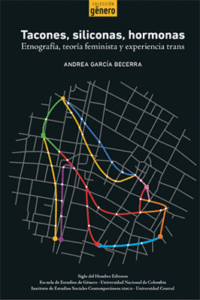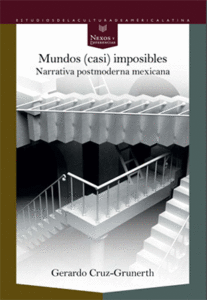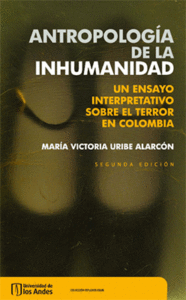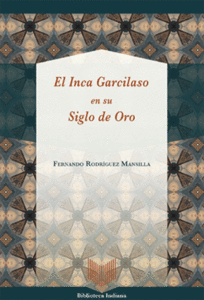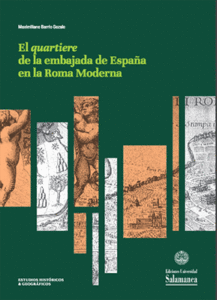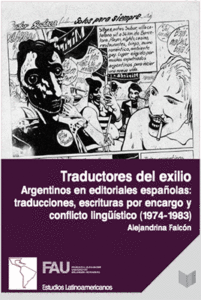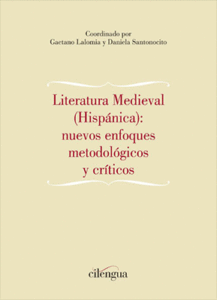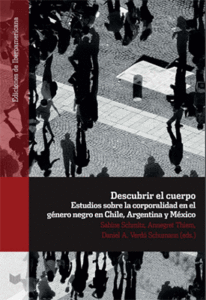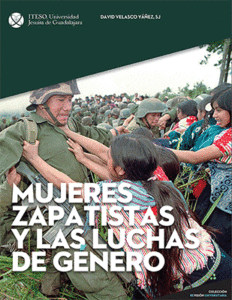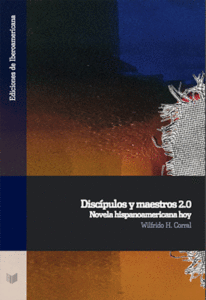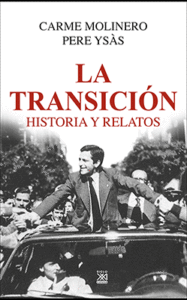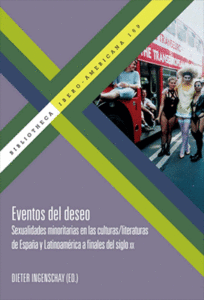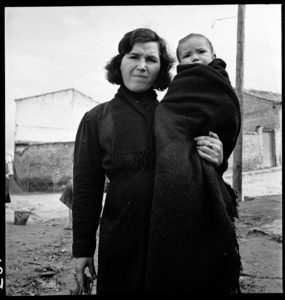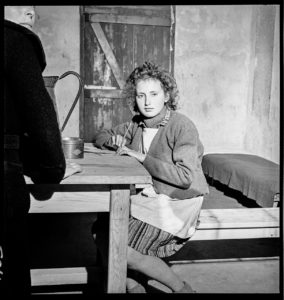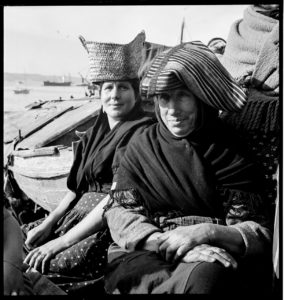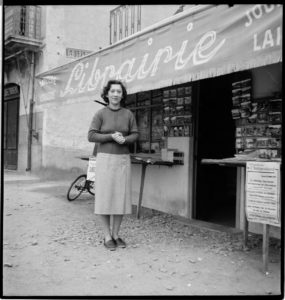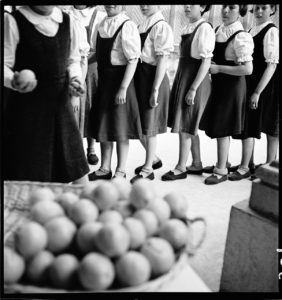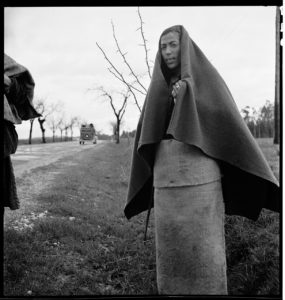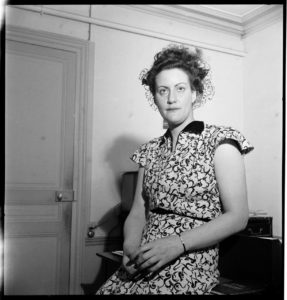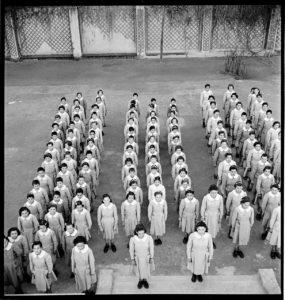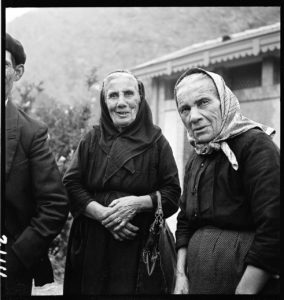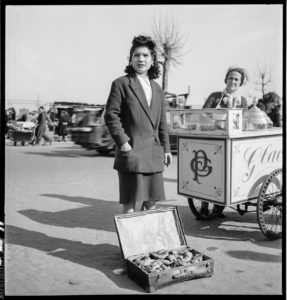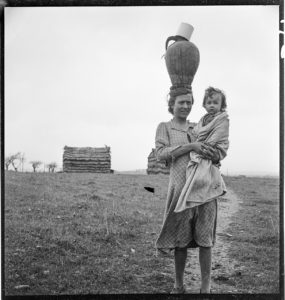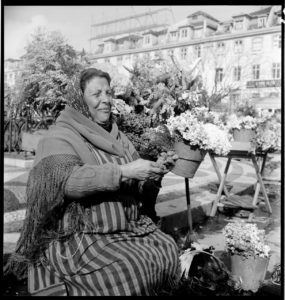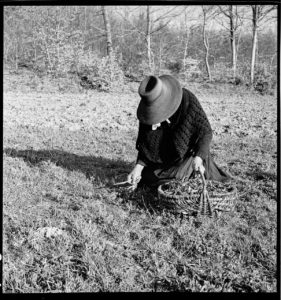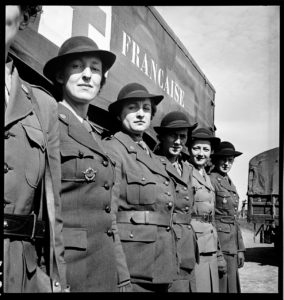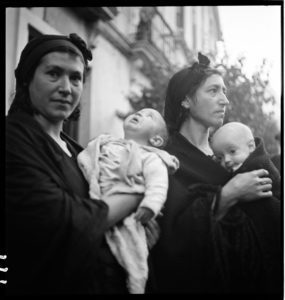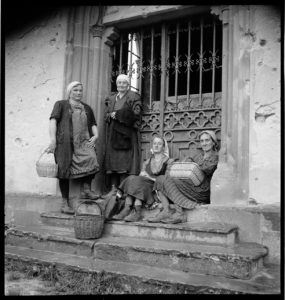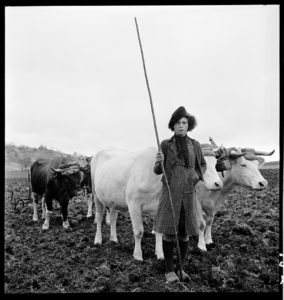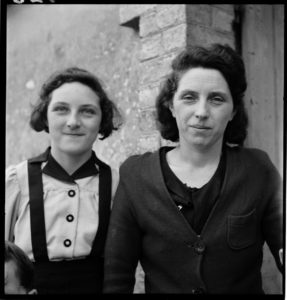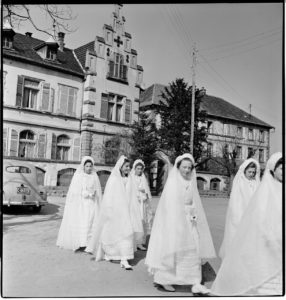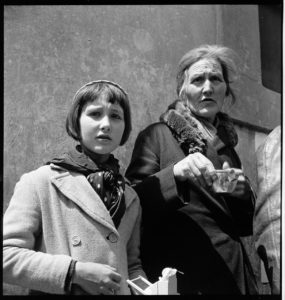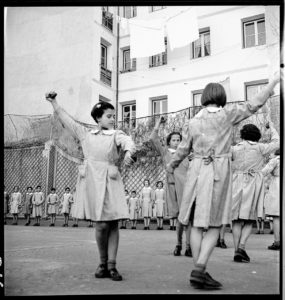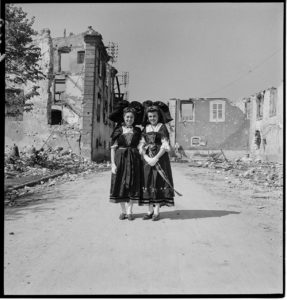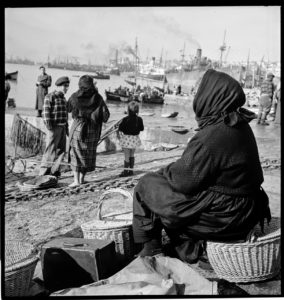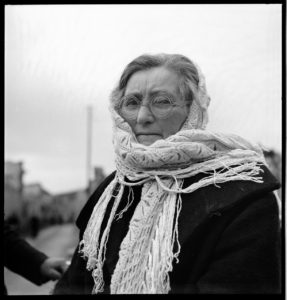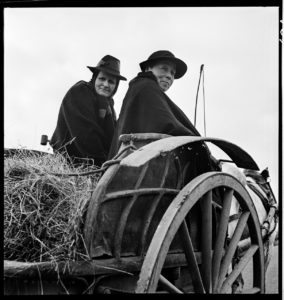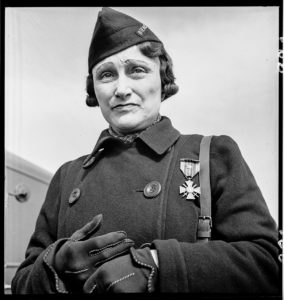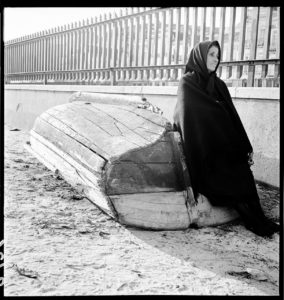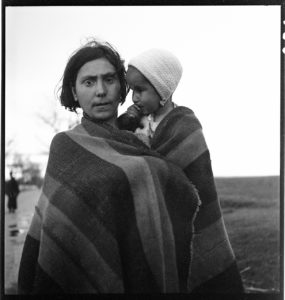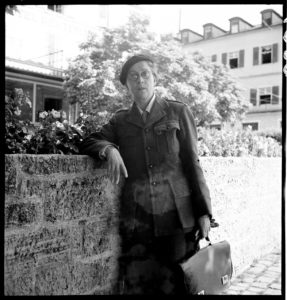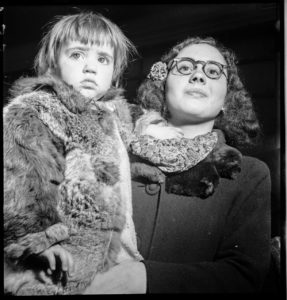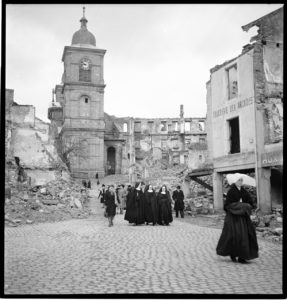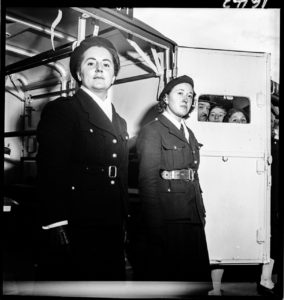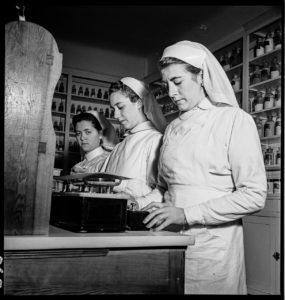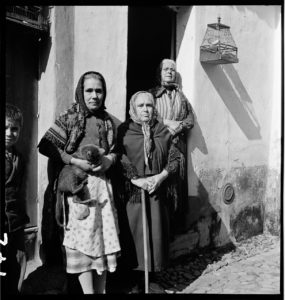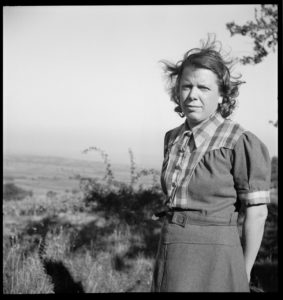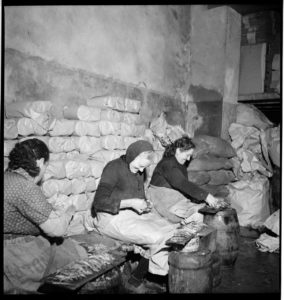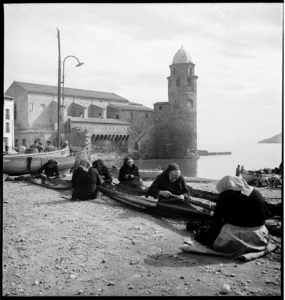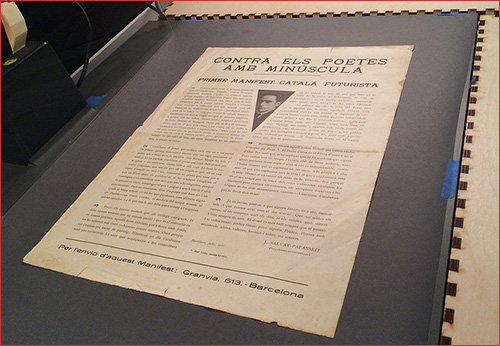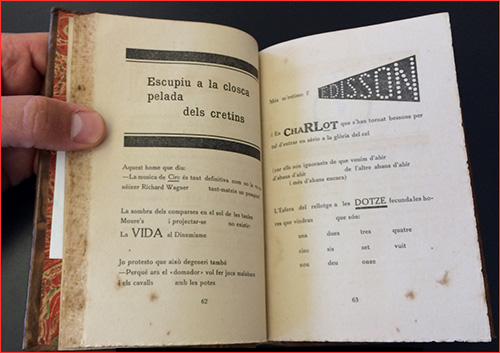Tag: Spain
Robert H. Merriman Plaque online kick-off event 10/3/23
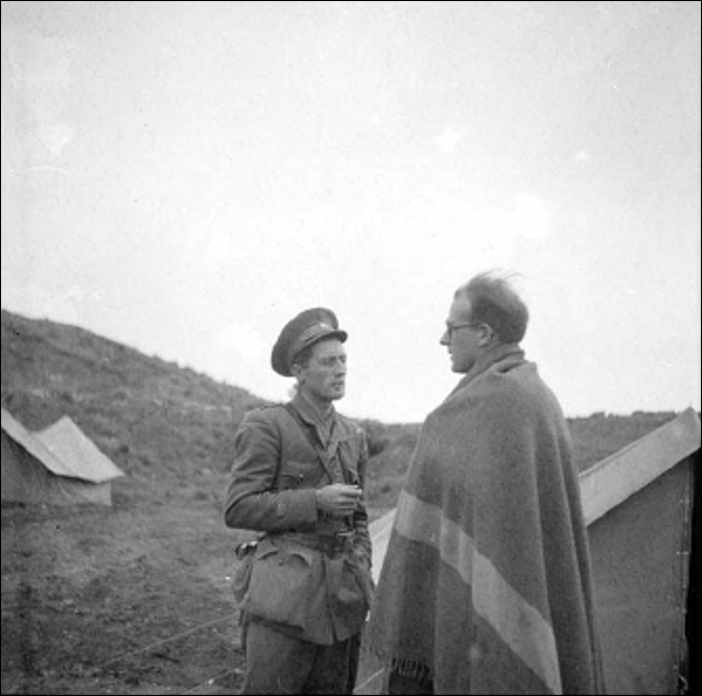
Please join us in celebrating the memory of the UC Berkeley graduate student in economics, who gave his life fighting fascism in Spain as a member of the Abraham Lincoln Brigade.
Remembering Robert H. Merriman (1908-1938):
From Berkeley to the Trenches of the Spanish Civil War
Tuesday, October 3, 2023
6:00 PM – 7:00 PM Pacific (PST)
Online event (registration required)
The University of Barcelona’s DIDPATRI research group has offered UCB a second casting of the commemorative plaque that stands today in the village where it is believed that Merriman was held and then executed by the fascists. We are launching a fundraiser to cover the costs of its installation at the center of campus near Memorial Glade, which honors UC Berkeley veterans of World War II.
This memorial will contribute to the educational mission of the University as a readily accessible stop for campus tours, as well as a relatable point of reference for interdisciplinary classes touching on twentieth century history. Its location near The Bancroft Library, where the Bay Area Veterans of the Abraham Lincoln Brigade Post Records are archived, will also call attention to the research opportunities available there. These records were donated by Merriman’s widow, Marion Merriman Wachtel, who accompanied him in Spain where she was also a member of the Abraham Lincoln Brigade.
Project sponsored by the Department of Spanish & Portuguese at UC Berkeley.
For more information or to make a donation, please visit ucblib.link/robert-merriman.
Spring bloom: new ebooks from OpenEdition
It’s that time of year when we choose new ebook titles from OpenEdition. Below you will find a few that have made it to the list. Please send other recommendations to the Librarian for Romance Languages by April 1.
Since 2014, the UC Berkeley Library has supported this initiative based at the Université d’Aix-Marseille to open scholarly content from Europe and France in particular to the world. The Freemium program allows the UC Berkeley community to participate in an acquisitions policy that both supports sustainable development of open access (OA) and that respects the needs of teaching, research and learning communities. With our participation, faculty, students, and other researchers can benefit from greater functionality while making it possible for anyone in the world to view in html and in open access 70% of the ebook catalog of more than 13,000 titles.
Through the Freemium model, UC Berkeley gains access to preferred formats (pdf, epub, etc.) with no DRM quotas and seamless access to the content with UC Library Search.
OpenEdition keeps growing
![livres-fleurs [cover]](https://update.lib.berkeley.edu/wp-content/uploads/2021/10/livres-fleurs.png)
Here are a few titles from the latest acquisition, all discoverable in UC Library Search:
AUTHOR HERE
Doris Wieser & Jessica Falconi, orgs
Lines of Latitude: German Army Map of Spain 1:50,000 (1940-1944)
Beginning in 1936, a newly-formed German military mapping agency produced a large number of topographic map series covering all parts of Europe at various scales, as well as much of northern Africa and the Middle East.
This organization started out as a back room department of the German Army General Staff, focused on military contingency mapping. But, given the murderous goals of the Nazi regime, it quickly morphed into something else, a military mapping agency which provided planning tools for the Nazi leadership to wage a war of conquest, marked by atrocities and unspeakable crimes.
Berkeley’s Earth Sciences and Map Library owns 20,000 German topographic sheet maps produced by the German Army General Staff’s mapping agency, the Directorate for War Maps and Surveying [= Abteilung für Kriegskarten- und Vermessungswesen]. The Berkeley Library obtained this historically significant collection by participating in the World War II Captured Maps depository program of the U.S. Army Map Service.
A presentation by Wolfgang Scharfe, a geography professor at the Free University of Berlin, at the International Cartographic Conference in Durban in 2003, sheds light on the history of these military map series published by the Directorate for War Maps and Surveying. Scharfe looked at one particular topographic map series covering Spain, published in 2 editions between 1940 and 1944, Spanien 1:50 000.
German military cartographers mapped Spain at different scales. The Nazis saw Spanish dictator Francisco Franco’s fascist regime as an ally, but Franco wisely remained neutral during World War II. Initially, the German military mapping of Spain can be seen as part of an effort to bring the Franco dictatorship into the Second World War as a German ally. One goal was the capture of the important British base at Gibraltar, at the entrance to the Mediterranean Sea.
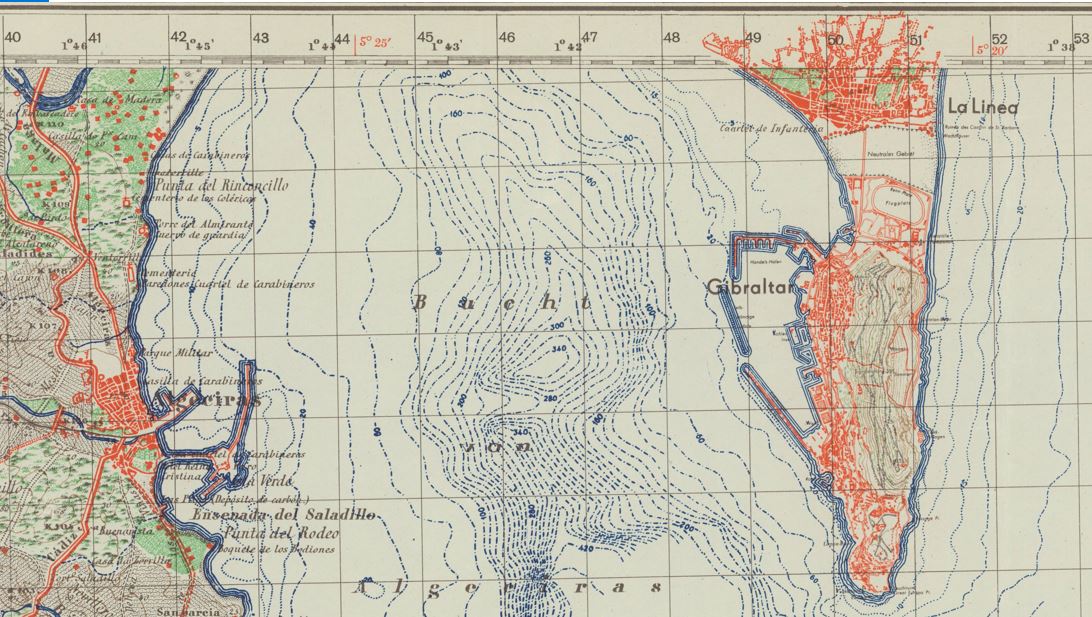
The Bay of Gibraltar, also known as Gibraltar Bay and Bay of Algeciras, identified on the German sheet La Linea-Gibraltar as Bucht von Algeciras. It is located at the southern end of the Iberian Peninsula, near where the Atlantic Ocean and the Mediterranean Sea meet. The sheet is overprinted with the Spanish Lambert Grid, obtained by German military cartographers in an undercover intelligence operation.
The Berkeley Library set of the German Army Map of Spain 1:50,000 consists of 901 sheet maps, accompanied by 3 index maps. It includes two editions of many topographic sheets which cover specific areas of Spain. First Special edition [= Sonderausgabe] sheets were issued between 1940 and 1944, while the second Sonderausgabe sheets were chiefly issued in 1941.
The source map data for the German military maps came from a Spanish map series, the Mapa topográfico de España en escala de 1:50,000 issued by the Direccion general del Instituto Geográfico Catastral y de Estadı́stica.
Scharfe explains that map specialists of the Army Planning Chamber [= Heeresplankammer], the Berlin-based production platform of the Directorate for War Maps and Surveying, copied the Spanish map data. The first edition of this map series (895 published sheets) only contained the Spanish map data. The maps show drainage, roads and trails, railways, vegetation, and other physical and cultural features.
Sheets of the second edition (612 sheets), however, were overprinted with the Spanish Lambert Grid, a geodetic grid which would allow German troops to use the maps to accurately rain down middle and long-range artillery fire on precise locations.

Detail from the Madrid sheet of the German military topographic map series Spanien 1:50 000, published by the Directorate for War Maps and Surveying, a military mapping agency administratively subordinated to the German Army General Staff.
The German military cartographers were able to acquire this secret Spanish military grid data for their own sheets, before that data even appeared on Spanish military maps. This was the result of a German undercover intelligence operation. German agents were able to draw on contacts established when the Nazis aided the fascist Franco dictatorship during the Spanish Civil War (1936-1939) by sending German troops to Spain, the so-called Legion Condor.
But the story does not end there: Scharfe relates that in 1943, irregular Spanish soldiers raided a German Army depot in Nazi-occupied southern France. They removed sheets of the German Army Map of Spain 1:50,000 with the secret Spanish military grid data. Spanish officials started an official inquiry which undoubtedly further undermined trust between the fascist Franco regime and the Nazis. Spanish diplomatic demands for explanations registered in Berlin proved unsuccessful.
(Open Access)Herencia: Centuries of Spanish Legal Documents at Library of Congress!
Transcribing is sacred when it comes to different historical documents and crowdsourcing seems to be an acceptable mantra for many of such projects. One such project is that of transcribing Spanish Legal documents that were acquired by the Library of Congress. This volunteer based effort warrants attention and thus this post. The collection is located here. The screenshot below shows the landing page of the collection.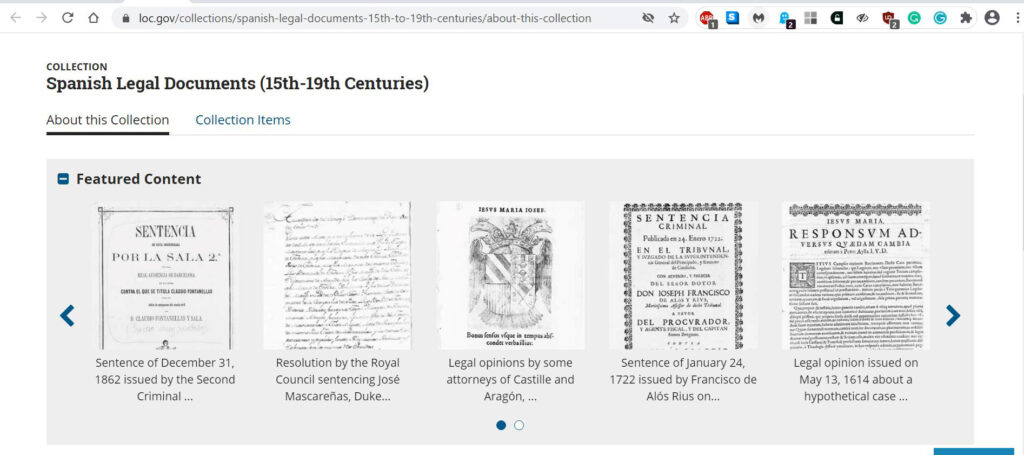
Spanish Legal Documents (15th-19th Centuries) at Library of Congress
One might wonder, how the interface for transcribing looks like, and guidance on how to proceed? Below is the screenshot that can provide us some insight.
Perhaps one can consider volunteering for transcribing these Spanish legal documents?
Primary Sources: Photographs from Wartime Portugal, Spain, and France
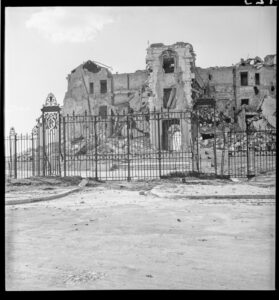 News from James Eason at the Bancroft Library: “More than two thousand digital images have just been added to the Finding Aid to the Thérèse Bonney Photograph Collection at the Online Archive of California. These images are the negative files, in their entirety, resulting from a Carnegie-funded trip Bonney made in 1941 to Portugal, Spain, and southern France. Bonney was documenting the effect of war on civilian populations, particularly children. Many images are from Franco’s Spain, with the aftermath of the Spanish Civil War starkly visible. She also took her camera to refugee camps across the French border (Perpignan, Rivesaltes, and Argelès-sur-Mer), where Spanish Republican refugees were housed at the end of the civil war, and which were being repurposed when German border closures and advances threw Europe into chaos early in World War II.”
News from James Eason at the Bancroft Library: “More than two thousand digital images have just been added to the Finding Aid to the Thérèse Bonney Photograph Collection at the Online Archive of California. These images are the negative files, in their entirety, resulting from a Carnegie-funded trip Bonney made in 1941 to Portugal, Spain, and southern France. Bonney was documenting the effect of war on civilian populations, particularly children. Many images are from Franco’s Spain, with the aftermath of the Spanish Civil War starkly visible. She also took her camera to refugee camps across the French border (Perpignan, Rivesaltes, and Argelès-sur-Mer), where Spanish Republican refugees were housed at the end of the civil war, and which were being repurposed when German border closures and advances threw Europe into chaos early in World War II.”
For more on Thérèse Bonney, see the 2018 blog posting by Marjory Bryer and Sara Ferguson “Thérèse Bonney: Art Collector, Photojournalist, Francophile, Cheese Lover”, and also Sara’s recent “Wrapping up Women’s History Month: Selections from the Thérèse Bonney photograph collection at The Bancroft Library.”
New ebooks from Digitalia Hispánica
For the most current and relevant publications from Latin America and Spain, ebooks are not always the first format choice, however we continue to build up the Library’s digital holding as funding permits. In light of the current COVID-19 pandemic, collaboration among librarians has taken on a new dimension as we work together to provide access to digital and digitized library resources like never before.
With joint support from the Arts & Humanities and Social Sciences divisions this year, we selected 550 ebooks on a broad range of topics and disciplines in early January of this year. Part of an annual collaboration over the past three years, these digital monographs are brought to us from one of Spain’s most important vendors for ebooks—Digitalia Hispánica. Below we’ve highlighted a few of these newly acquired ebooks from publishers like Arte Público Press, CSIC, Fondo de Cultura Económica, Iberoamericana Vervuert, LOM, Páginas de Espuma, Renacimiento and more.
To browse the entire list of more than 2,600 Digitalia ebooks in Berkeley’s collection, search OskiCat by the handle “Digitalia e-books.”
Liladhar Pendse, Librarian for Caribbean and Latin America Studies Collections
Claude Potts, Librarian for Romance Language Collections
Alain Trouvé
Wrapping up Women’s History Month: Selections from the Thérèse Bonney photograph collection at The Bancroft Library
The Thérèse Bonney photograph collection at The Bancroft Library consists chiefly of documentary photographs taken throughout Western Europe during World War II. Bonney (Berkeley class of 1916) photographed all aspects of the war, but focused on its effects on the civilian population.
An active humanitarian, Bonney frequently used universal symbols in her work, allowing her images to speak beyond language barriers and leading their viewers to see beyond cultural differences. Her photographs of children were exhibited and published widely, influencing audiences to contribute to relief efforts for innocent victims of war. But the images throughout her archive feature another prominent symbol — women. Old women, young women, mothers, sisters, friends, neighbors; always at work, usually together, forever the epitome of personal sacrifice for the greater good. In honor of Women’s History Month, the Bancroft Library’s Pictorial Unit presents this collection of newly digitized images from the Thérèse Bonney Photograph Collection. The Finding Aid to the Thérèse Bonney Photograph Collection circa 1850-circa 1955 is available through the Online Archive of California. The finding aid includes digital images for Series 6: France, Germany 1944-1946. Images for Series 3: Carnegie Corporation Trip: Portugal, Spain, France 1941-1942 are coming soon, with a preview offered here!
Catalan Futurist Manifesto digitized
From the early 20th century until the outbreak of the Spanish Civil War, Spain witnessed a flourishing of literary and artistic forms (painting, poetry, prose and film) on par with the experimentialism taking place across Europe and Latin America. According to Jennifer Duprey in Avant-Garde Cultural Practices in Spain (1914-1936), self-taught poet and radical journalist Joan Salvat-Papasseit found inspiration in both the formalist attributes articulated in F.T. Marinetti’s Manifesto del futurismo (1909) and in the social terms of compatriot Gabriel Alomar’s El futurisme (1905). “He was the only Catalan writer that had the conscience of the revolutionary character that the Futurist movement had from a social point of view, yet sustained that his particular point of view was a dialectical concept of tradition,” explains Duprey.
Last fall the UC Berkeley Library became one of three libraries outside of Spain to own an original broadside of Contra els poetes amb minúscula: primer manifest català futurista (Against lowercase poets: the first Futurist manifesto) published in 1920 and is now the first institution in the world to have digitized it. Salvat-Papasseit’s famous collection of poems L’irradiador del port, i les gavines (1921), now housed in The Bancroft Library, was featured in the exhibition No Legacy || Literatura Electrónica installed in Doe Library’s Brown Gallery last year.
L’irradiador del port, i les gavines (Barcelona: Atenes A.G., 1921)
Trials: EEO-Edición Española Online & Digitalia
Through May 31, the Library has access to EEO-Edición Española Online, a collection of more than 1,800 e-books from Spain. Not as large a collection as Digitalia which also includes Latin American publishers and remains on trial for the entire UC system through September 1, EEO makes available in digital form the publications of some of Spain’s most important publishers. Some of these are: Akal, Bellaterra, Casa de Velázquez, CSIC, Editum, Iberoamericana Vervuert, Octaedro, Prensas Universitarias Universidad de Zaragoza, Trotta, Universidad de Deusto.
Accessible through Casalini’s Torrossa platform, EEO also makes use of the same platform and functionality of the Italian e-books and e-journals the Library has been able to acquire this year. Please send comments about your impressions of both Digitalia and Edición Española Online. We are especially interested in knowing if any of these titles might be particularly useful for the research and teaching in your areas of responsibility, even if we already have them in print.
Here are the direct links to both collections:
Digitalia
http://www.digitaliapublishing.com
Edición Española Online (search by language “Spanish” and content type “book”)
http://www.torrossa.it
